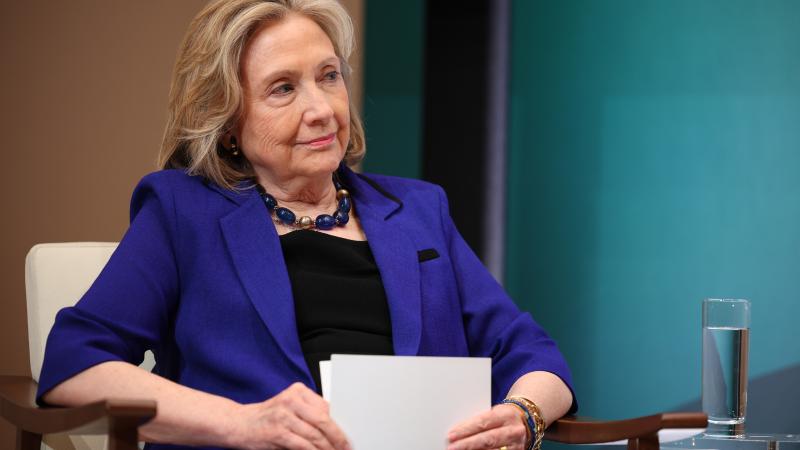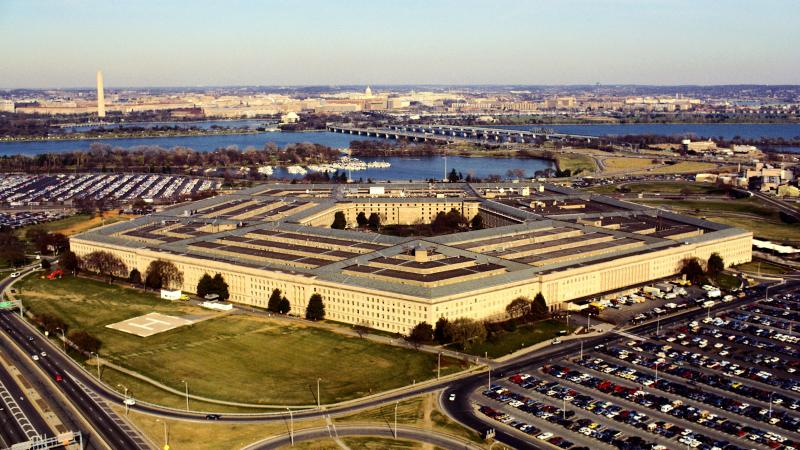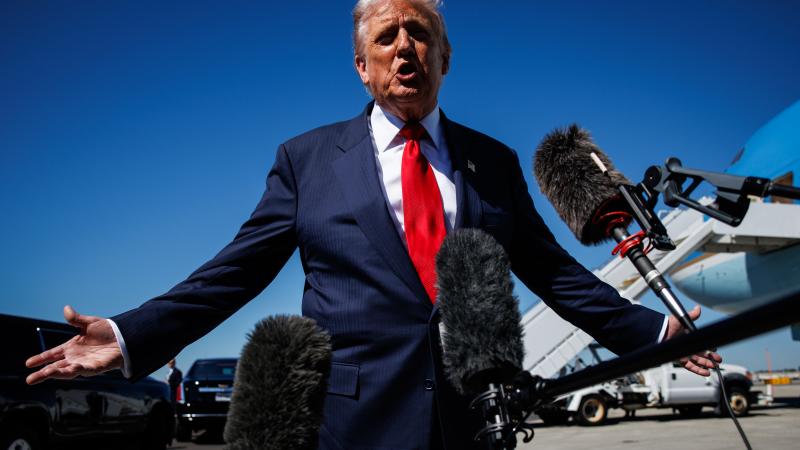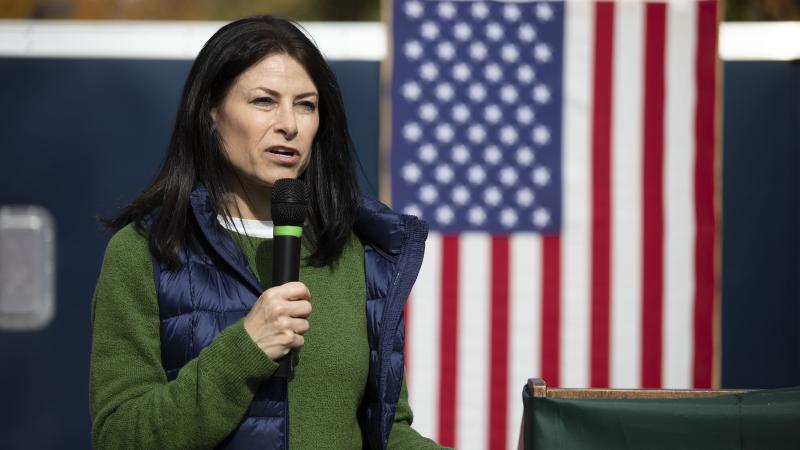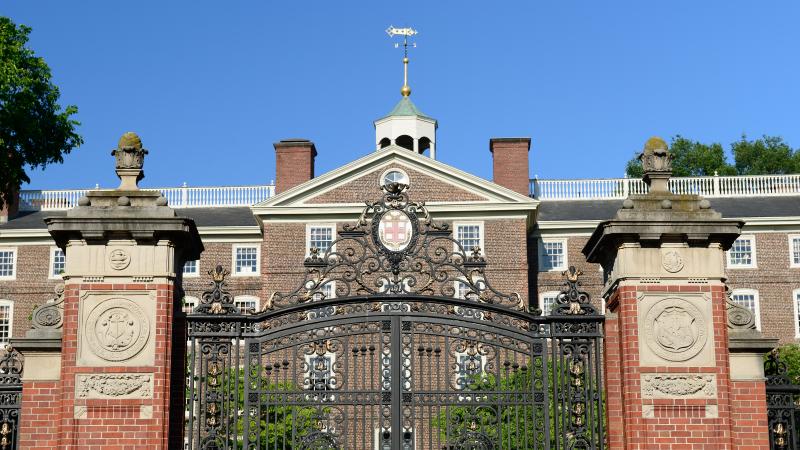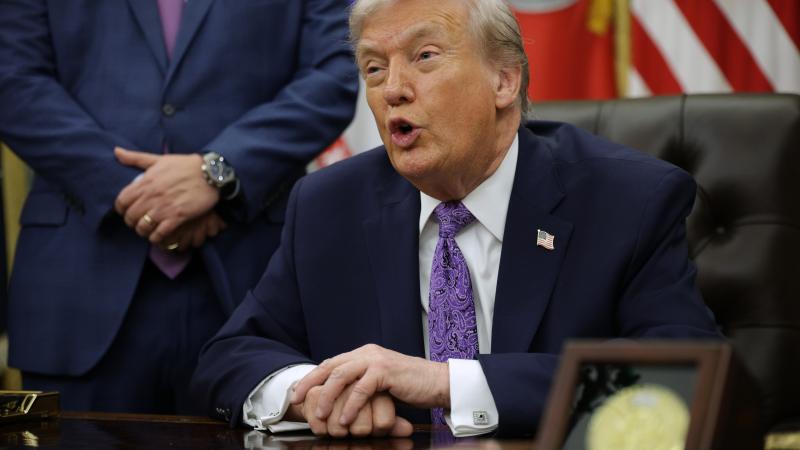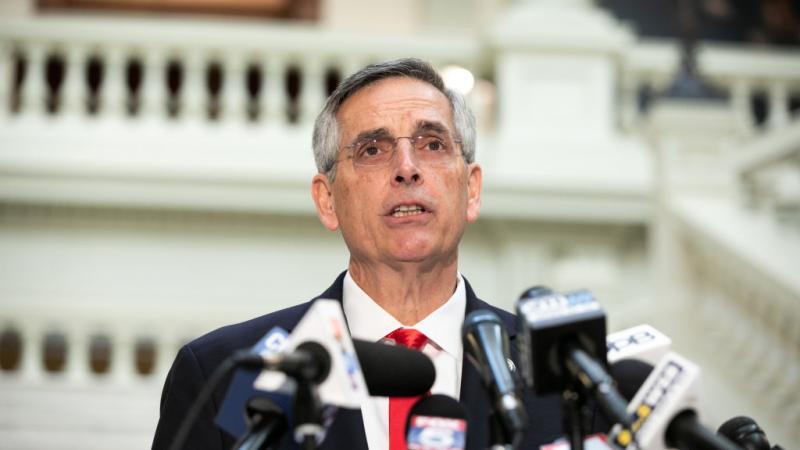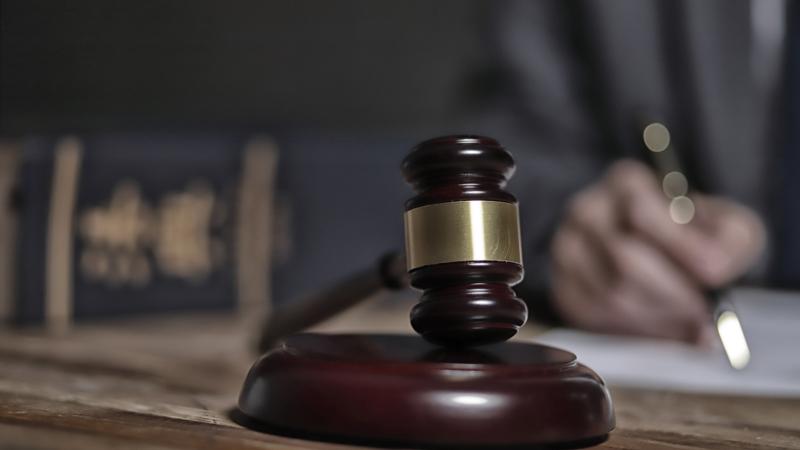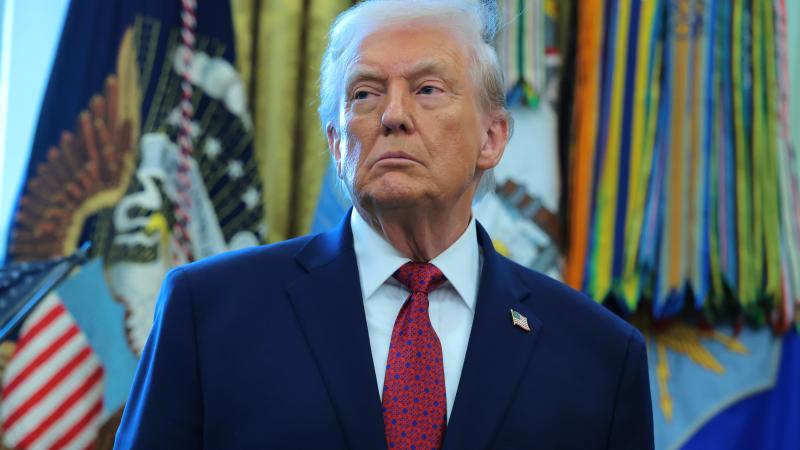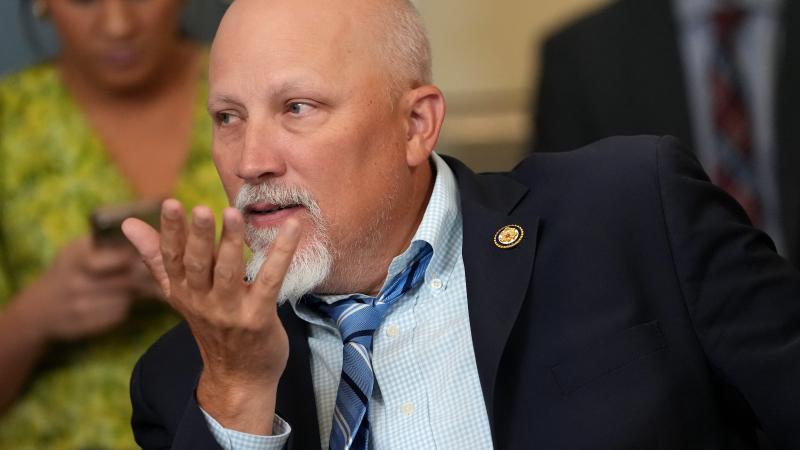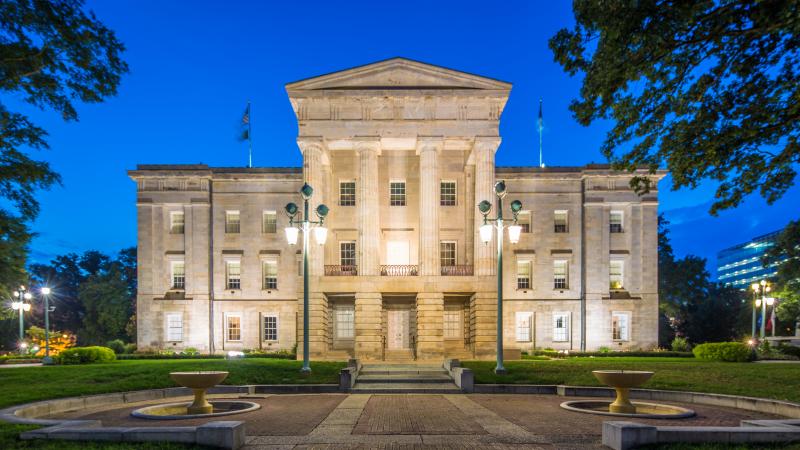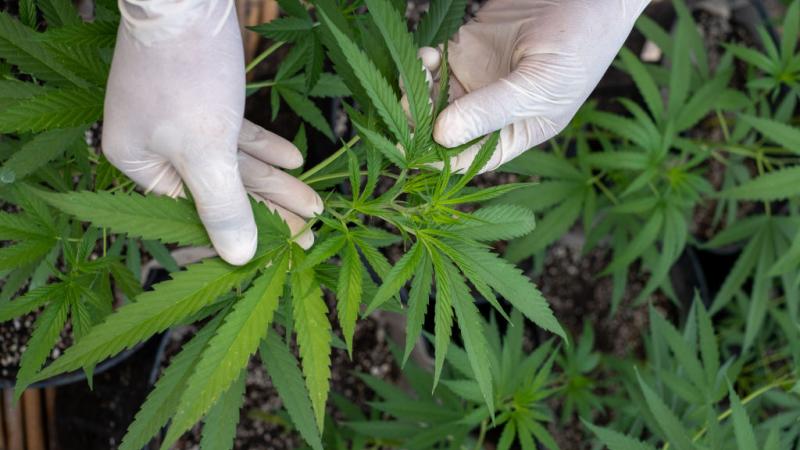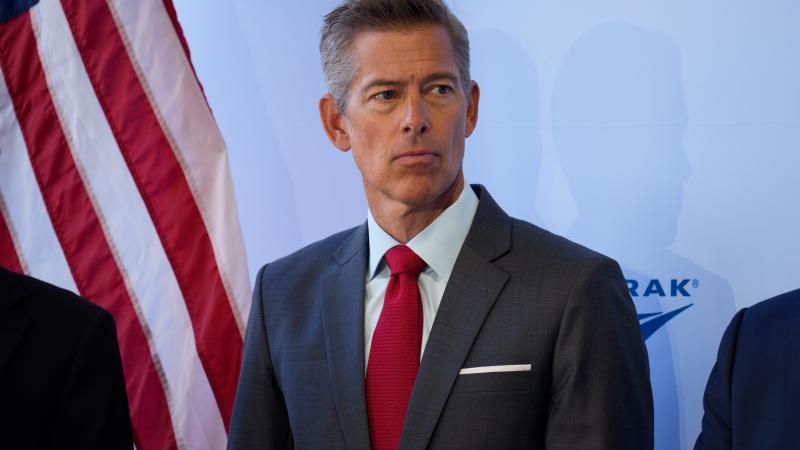FBI lab report, contradictory witness statement inject fresh mystery in unsolved J6 pipe bomb case
The devices had destructive potential but never went off despite being reportedly planted 16 hours ahead of time set with one hour timers. And one witness told investigators that at least one of the bombs may not have been planted the night before.
The unsolved case of two pipe bombs planted at the major political parties' headquarters in Washington D.C. before the Jan. 6, 2021 Capitol riot is facing new mystery after FBI Director Kash Patel transmitted to Congress the lab analysis and interviews with a key witness who is challenging the official timeline of events.
The documents obtained by Just the News show that both bombs — one planted at the Democratic National Committee and the other at the Republican National Committee — were filled with chemical building blocks of black powder, each was equipped with a 60-minute kitchen timer, and each had destructive potential.
But most notably, the FBI laboratory report never uses the word “viable” to describe either bomb. Both devices never exploded and were discovered about 16 hours after the FBI claimed they were planted outside both major party headquarters.
"When properly assembled and initiated, an IED of this sort can cause property damage, bodily injury, or death," the lab report stated. The report offered no clear explanation why the bombs — which it called "Improvised Explosive Devices" — did not detonate.
You can read that report here.
Timeline of when bombs planted, discovered under review
The documents turned over by Patel to the House Judiciary Committee and its special Jan. 6 investigative subcommittee also raise questions about that timeline. They include interviews with a key witness who said the RNC device still had 20 minutes remaining on its timer when she discovered it the following day.
That witness raised the possibility that at least the RNC pipe bomb was planted just before it was discovered and not the night before as the FBI claimed.
The mystifying evidence now has congressional investigators exploring stunning new theories, including whether the bombs were made to look real but not to explode to create a diversion during the Jan. 6 protest or whether someone came back and set the timers later on one or both of the devices.
"The single greatest action that facilitated the protester's ease of entry into the Capitol on January 6 was the placing of the pipe bombs, and the diversionary effect that had on security resources which would have otherwise been at the Capitol," said Rep. Barry Loudermilk, R-Ga., the chairman of the House Judiciary subcommittee that is investigating the law enforcement response to Jan. 6.
"After that day, the FBI was zealous in pursuing those trespassing at the Capitol, but quite lacking in their pursuit of whomever placed the pipe bombs," he added. "One focus of this Committee will be highlighting the bizarre facts surrounding the pipe bomb case, hoping to bring much needed clarity on this subject to the American people.”
Lawmakers pilloried the FBI in a January report for the security failures surrounding the pipe bombs and the “chaotic response of federal law enforcement after their discovery,” Just the News previously reported. They also criticized the bureau for failing to provide “substantive updates” to Congress about the status of its investigation into the two bombs.
The congressional panel also raised questions about how the FBI determined that both pipe bombs were “viable” explosive devices given that both were equipped with 60-minute kitchen timers, but were allegedly planted approximately 16 hours before they were discovered.
Patel hampered by previous admin's shoddy detective work four years ago
The newly released internal memos are the most comprehensive insight to date into the bureau’s investigation of the pipe bombs. No suspect has been apprehended, despite the offer of a large reward and extensive, timestamped security footage and a detailed description of the suspect’s attire–making the bombs one of the great unsolved mysteries of Jan. 6.
After four years of frustration with limited cooperation from former Director Chris Wray's FBI, congressional investigators are pleased by the transparency offered by the new director.
But Patel inherited the J6 pipe bomb case four years after the incident and was left with files that lay bare a shoddy initial investigation.
For instance, federal law enforcement only interviewed the witness who discovered the RNC pipe bomb five days after the incident, and only after she submitted a tip to the FBI.
Witness speaks out, wanted to provide assistance
“I am the person that discovered and alerted the guards to the pipe bomb found next to the RNC on January 6. I wanted to identify myself in case there are additional details I can provide that might be useful to the investigation,” the tipster wrote.
“I did not see nor do I recognize the person of interest socialized in the media. However, I can confirm that the device must have been placed between 12pm-12:40pm EST, because it was not present when I went down to the area to start laundry (~12pm), but it was present when I returned to continue laundry (~12:40pm),” she told the bureau.
The woman is identified as a worker at the U.S. Commerce Department. Congressional investigators told Just the News they have confirmed she also worked at the agency inside a program that coordinates first responder communications for police agencies.
Her tip raises questions about the discrepancy between the witnesses’ timeline and the security footage obtained and released by the FBI. That footage shows that the suspect planted the bomb in an alley outside the RNC building at “approximately 8:16 PM” on the night of Jan. 5, the FBI said.
This is about 16 hours before the witness encountered the device, which she insisted was planted that afternoon, not the day before. While doing laundry on Jan. 6, the witness said she “observed a suspicious device next to the exterior gate,” according to the FBI summary of her interview.
“At first glance she thought someone missed the trash can. After a more intentional look, she observed the wires, pipe, and clock attached to the device which led her to believe it could be an explosive device,” the summary says. “The dial of the clock was set to the number 20.”
Though she initially thought the device was a “prank,” the witness decided to notify RNC security, the summary shows.
You can read the witness interviews here.
The witness later identified herself to the media as Karlin Younger. In an interview with Business Insider, Younger recounted her experience finding the bomb, which matches closely with her FBI interview. Her public statements also appear to confirm the fact that federal authorities never spoke with her that day, and didn’t at all until she reached out through the tip line
Wray waited more than a year before canvassing for information
The delay was not the only apparent misstep in the FBI’s pipe bomb probe under Wray's watch. A whistleblower previously told Congress that the bureau waited more than a year to request field offices to canvas informants for information on the devices, Just the News previously reported.
The whistleblower, described as a "senior FBI special agent," told lawmakers that the request was "'unusual' because it was transmitted more than a year after the FBI had begun the investigation, and it raises questions about the progress and extent of the FBI’s investigation.

